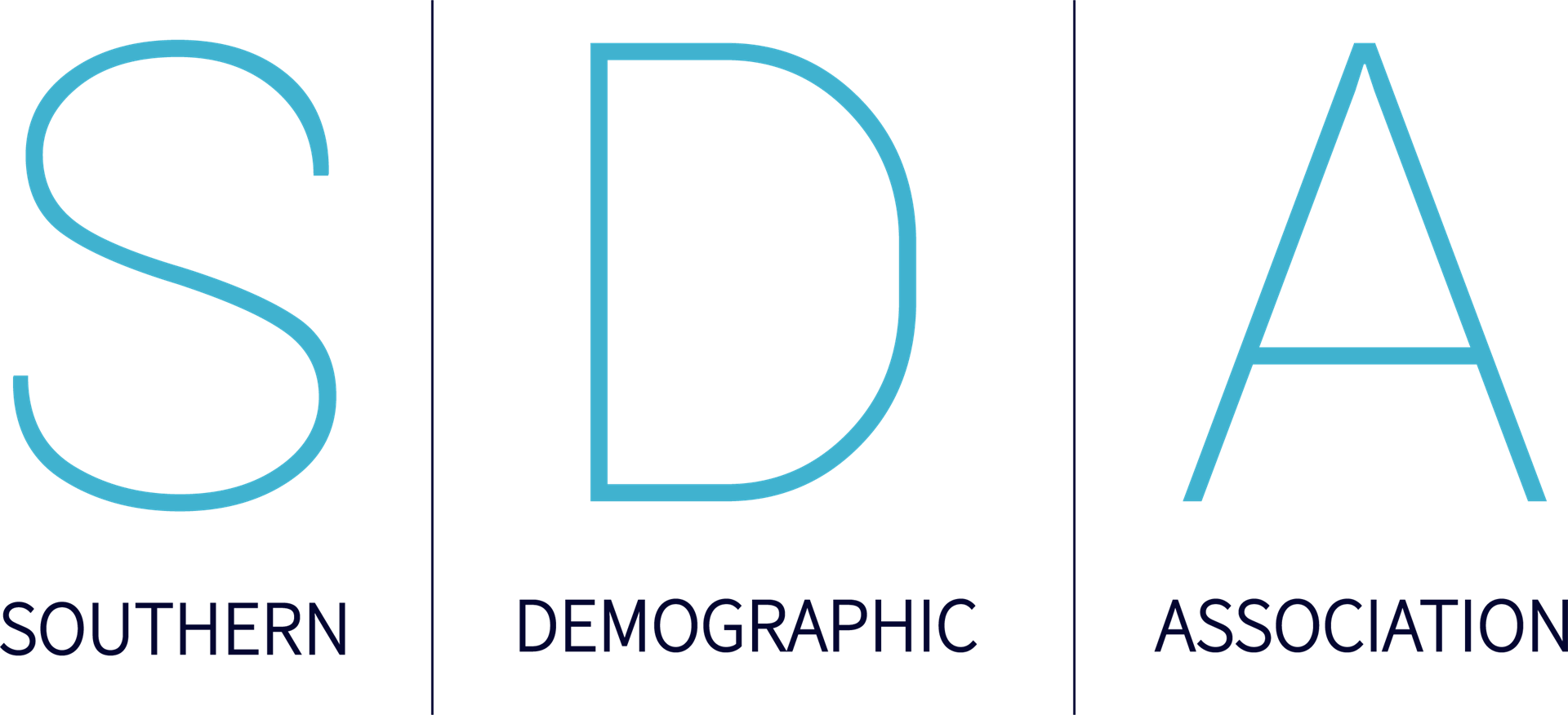- Home
- PRPR Journal
- Our Review Process
The manuscript review process at Population Research and Policy Review (PRPR) is structured to provide authors with targeted feedback that results in the highest quality demography / population studies research, while minimizing the demands on our Editorial Board members and other expert reviewers. We recently updated our review process to align with the functionality of Springer Nature’s Article Processing Platform (SNAPP) and the production supports provided. PRPR uses double-blind review procedures.
Stages of the Review Process
Stage 0. Journal Editorial Office (JEO) Processing
All SNAPP submissions undergo quality control processing by a member of the Springer Nature JEO. The JEO checks that all author information has been provided and that the submitted files are de-identified (except the Cover Letter). Manuscript files are subject to an automated plagiarism scan. The JEO does not check formatting or substantive content. Manuscripts that pass these initial quality control checks are then assigned to an Editor-in-Chief.
Stage 1. Assess Suitability
All manuscripts then undergo an initial suitability of assessment with the assigned Editor-in-Chief. Manuscripts are first evaluated for fit with the PRPR’s Aims and Scope and broad potential to make a contribution to the field, depending on the type of article. An Associate Editor with specialized expertise may participate in this assessment.
We decline to consider (i.e., “desk reject”) manuscripts that (a) are a poor fit for PRPR or (b) unlikely to receive favorable evaluation from our expert reviewers.
Stage 2. Pre-Review Revision
Manuscript found suitable for PRPR are then evaluated by the assigned Editor-in-Chief for whether they conform to the stated guidelines for the article type—including length and table/figure requirements, manuscript structure, legibility of tables/figures, and other editorial policies. The assigned Editor-in-Chief (and potentially an Associate Editor) also evaluates whether there are substantive issues that need to be resolved before external peer review (e.g., attention to missing data, justification of analytic approach, need to provide supplemental materials).
Authors are invited to perform a pre-review revision to address any identified formatting, structure, or content issues. Authors can avoid the pre-review revision by following the additional guidance on Preparing Manuscripts.
We may decline to consider further (i.e., “reject without peer review”) any manuscripts that to do not adequately resolved the pre-review issues.
Stage 3. External Peer Review
Manuscripts selected for peer review (either directly after the suitability assessment or following pre-review revision) are sent to two to three subject matter experts for evaluation. We try to have at least one member of the Editorial Board serve as a reviewer, if possible. At this stage, an Associate Editor with relevant expertise may be assigned to handle to manuscript. The Associate Editor communicates with reviewers, synthesizes the reviewers’ reports and their own separate evaluation, and makes a recommendation to the assigned Editor-in-Chief.
Stage 4. Editor's Decision
Following receipt of the reviewers’ reports and the Associate Editor’s assessment (if applicable), the assigned Editor-in-Chief makes a final decision about the manuscript. The final decision is based on the reviewers’ feedback, the Associate Editor’s recommendation (if applicable), and the assigned Editor-in-Chief’s independent evaluation. Before rendering a decision the assigned Editor-in-Chief may discuss a manuscript further with other members of the Editorial Team (incl., Associate Editors and the other Editor-in-Chief).
Authors receive a decision letter explaining the rationale for the Editor-in-Chief’s decision and have access to the reviewers’ reports through SNAPP.
We only invite authors to “revise and resubmit” if there is a high probability that identified concerns can be resolved satisfactorily.
Manuscripts that receive a decision of our intent to publish (i.e., “conditional accept”) will undergo additional revision(s), at the direction of the Editor-in-Chief, to address any remaining minor substantive issues and ensure adherence to the PRPR Style Guide. Manuscripts are not sent for external peer-review at this stage. All substantive and style issues must be resolved before a manuscript is sent to production.
Stage 5. Production
After a manuscript receives the final decision by the Editor-in-Chief (i.e., “accept as is”), it is sent to the Springer Nature Production Office for typesetting. The PRPR Editorial Team no longer has access to the manuscript. It is the responsibility of the author to carefully inspect the page proof for errors and ensure fidelity to the text approved by the Editor-in-Chief.
Authors are strongly encouraged to confirm with the Production Office that any corrected page proofs have been received.
